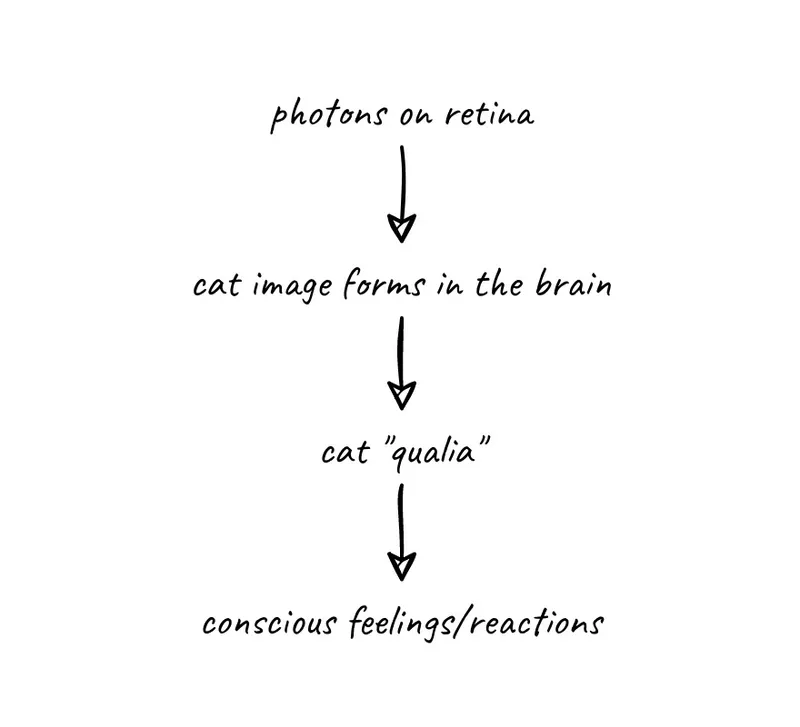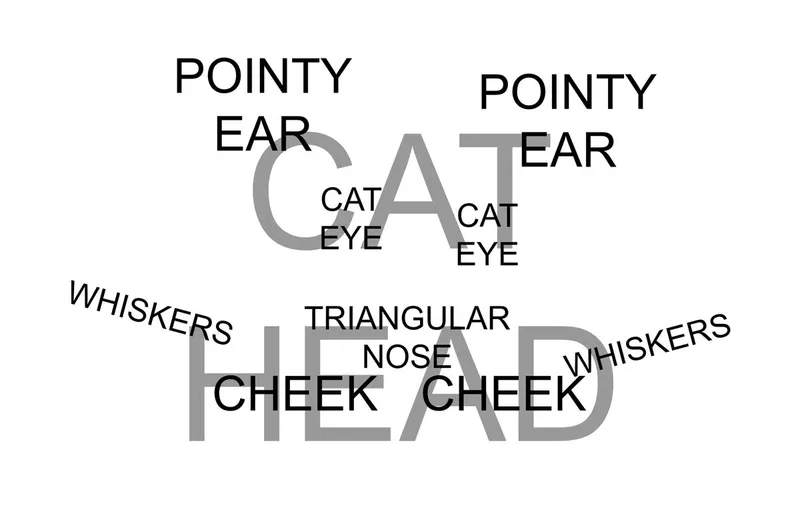Aphantasia
A subjective description of the experience
Marco Giancotti,

Marco Giancotti,
Note: copied almost as-is from a Twitter thread I shared last year. I'm putting this here for archival purposes.
I have aphantasia, meaning that I can't form mental images at will. Nor, in my case, sounds, smells, flavors, tactile sensations, or emotions. When I close my eyes, I enter a blank world. Here I'll try to express what that is like for those who don't have aphantasia.
I've had the opportunity of participating in a research project on aphantasia at a major university. By "participating", I mean "letting them take detailed MRI snapshots of my brain as I look at pictures, try to imagine killer whales, and other things that brains do".
I've also been engaging with some aphantasia communities online for a few months and showering questions on my friends and family members who don't have aphantasia. These are my notes on what I've observed.
What is it like to not have a mind's eye (and "mind senses")? Does it mean that aphants (slang for people with aphantasia) have no imagination? Not at all!
Inside the fMRI machine, I've been asked to do one exercise more than any other: I close my eyes and try imagining a snowmobile, then a top hat, then a camel, etc. I'd never tried to imagine specific things so intensely before, so I took the opportunity to study my experience.
(Disclaimer: what follows is my own experience and interpretation. From my conversations with other aphants I've found that, even within this minority, there's a lot of variation in experience. I can't say I represent all of them. Also, I know very little neuroscience!)
Anyway, describing this stuff is exceedingly difficult, and I can only begin to do it now after months of daily, intense thinking and self-observation. So here we go.
When I actually see a cat with my eyes, something like this is happening.

(Here by "qualia" I mean the low-level sensation of perceiving something, i.e. "ah, I'm seeing a cat", with all baggage that my past experiences of cats might have attached to it. This definition might be a bit different from that used by some philosophers.)
Now, when a non-aphant imagines a cat, something like the following seems to happen. The photons aren't there, but the experience starts from the mental image (or at least, it happens in parallel with the qualia).

On the other hand, when I try to imagine a cat, the following seems to be happening. I still get the "ah, I'm seeing a cat" feeling, I still recall a lot of concepts related to cats, and I may even half-believe that I have a cat in front of my closed eyes. But I have no image in my head.

The same is true if you replace "cat" with "house", "beach", "my mother's face", etc. I can imagine all those things in the sense that I focus on them and I can retrieve lots of information about them, except the sensory data. Also, the data feels very faint, distant.
Is it all completely abstract, then? Not exactly. Not in my case, at least. I have a rather well-developed spatial sense, meaning that I can remember the relative positions of things in space, and their rough proportions. I can position myself relative to the things I'm imagining and imagine myself traveling along them, turning them around in space, etc. I can even orient my (closed) eyes in the direction of any part of an object.
So when I imagine something physical like a cat, I don't see it, but I "feel" it as a collection of spatial relations. Something like this:

(note: I don't literally see words/letters; and yes, the legs are literally a single fuzzy concept instead of four, until I focus on them.)
So I can tell you (very roughly) how far from me I'm imagining it, whether its head is pointing left or right, and how it is moving. Of course, I don't see any of that, I have it as a quasi-3D spatial model only.
The thing is, this imagined object has almost no details. I can see more details, but I have to work to summon them consciously. I can think "now I'm going to focus on the head of the cat... hmm, a cat has whiskers, its nose is triangular and its cheeks are like two round furry pads". So my spatial model fades into this:

In other words, I can focus my consciousness on certain parts of the object I'm imagining, and actively recall some of their sub-parts and their relative positions. But they come a few at a time, and they're limited to the details that I have consciously recalled.
This spatial model isn't an organic whole, each part smoothly attached to the next: it's a patchwork of loosely linked "islands" of concepts floating in a certain pattern. And it lacks so many details, big and small, that I'm not focusing on at the moment.
Often, after trying to imagine an object, I look up an image of it (I just did that for the cat) and slap my forehead: "ah, of course a cat also has eyes!" I knew that all along, but I didn't focus my attention on those parts, so they were absent from my previous spatial model.
If I try again now with my eyes closed, my imagination will be like this, because those details are fresh in my memory.

I'm good at drawing, but I have to either look at a reference, or do several sketch iterations to gradually turn my un-seen spatial model into a coherent picture on paper. (Many aphants claim they can't draw at all, while others are great artists, so lots of variation here too.)
That's all for now: aphants can imagine things just fine, but it seems to be different from how others do it. My hope is that by studying what does and doesn't differ between aphants and non-aphants, researchers will be able to deepen our understanding of everyone's brains. ●
This post is included in the List of Introspective Descriptions.